The Slowtwitch Wetsuit Guide
Every couple of years we look at wetsuits in-depth, each company's suit, and we're going to do that this year. We swim in them, noodle them, sniff, taste and touch those we think ought to be in consideration, and report on the features of each.
But can we just talk about wetsuits in general? I've got a bit of a background in this as some Slowtwitchers know, still, nobody ever talks about what I'm most satisfied by when I look back over the arc of those years. At the Interbike trade show there used to be a bandit party-banquet of the SOPWAMTOS: Society of People Who Actually Make Their Own Shit (pardon the choice of text; their word not mine). I don't believe this group exists any longer, because so few manufacturers actually make their own shite. We not only made our own, we had our own factory up and running, 20 feet from my office, within a year of our brand's inception.
We remained one of the very few US-based tri wetsuit factories in the sport of triathlon up through the time I owned and ran it, until 1999 when I left to start the site you're now reading.
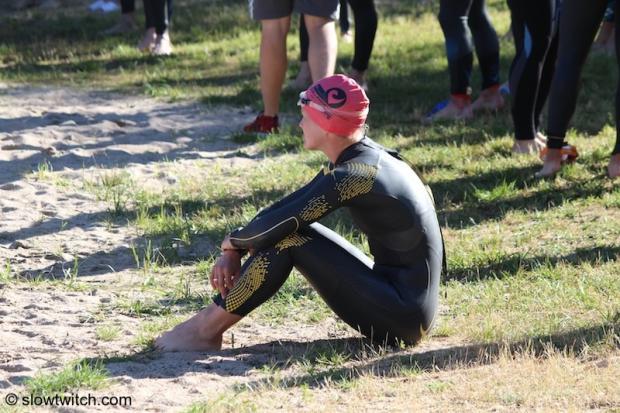
As patterns and fit went the wetsuits we built were the best at that time, for the simple reason that we were all triathletes, and when we needed to change patterns, or make a new pattern, or try a new design or feature, the turnaround time between design and testing was pretty much immediate. Most of today's wetsuits, like the bikes you ride and the shoes you run in, are made in China, and the advantage to that is the glue used in the glued & blindstitched seams. Plus, many of the A+ tri wetsuit companies have their own R&D facilities, either in their corporate office or in the Orient, which serves the purpose of having your own factory.
Working with the aggressive adhesives available in these Chinese factories makes a strong seam, and we couldn't get these adhesives here in our U.S. factory. (Today's wetsuit seams are stronger than ours were.)
When I get my hands on a new wetsuit I pretty much immediately pull it inside out and start looking at how they did things. I'll find a new way the zipper or neck closure is installed and think to myself, "Those clever fellows…"
I stand amazed at the wetsuits available to you-all today. Roka, blueseventy, Huub, Zone3, TYR, Orca, Aquaman, T1, Aqua Sphere, XTERRA, Rocket Science, and on through a couple of dozen top-flite manufacturers, the features and detail today dwarf what I was doing while a wetsuit maker.
While I don't know that the patterns today are any better than those we made back during the 1990s, the necks are better, as are the zipper installations, and some of the unique ways that materials are juxtaposed in the same suit. I don't think surf, water ski, sailboard, or any other water surface sport makes wetsuits as high-tech as today's triathlon wetsuits, and I'm very proud of our industry. I'll talk about all these design ideas as I overview these wetsuits, one at a time.
Homage having been paid, how do you choose a wetsuit that's likely to fit? How do you know that it fits?
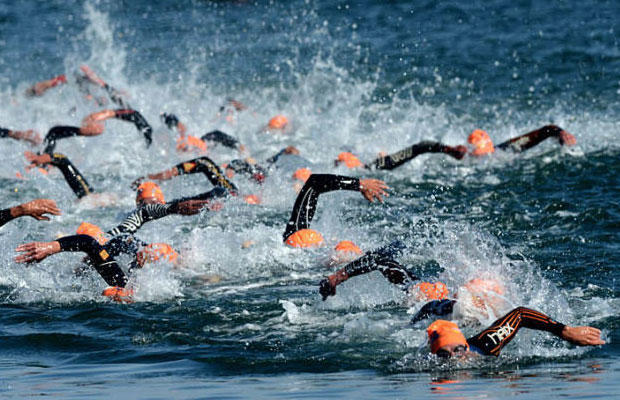
It's almost impossible to find the "right" wetsuit. The number of brands nowadays is legion, and the SKUs (models x sizes x colors) is, on average, 40 or 50 per brand. Your local retailer isn't carrying any, or maybe he has one, or maybe two, brands. And not all models. And not all sizes. So it's tough for you. The wetsuit hunt is like the spousal hunt: Even if you whittle it down from 4 billion prospects to 4,000 (speaks my language, lives in my geographic area, is unattached, is around my age, is sufficiently attractive and accomplished, isn't a serious felon) you can't date them all. So, wetsuit or spouse, find a one that fits your budget, and conforms to your imperatives (like those I list below), and "date" it before your decision is irreversible.
Wetsuit dating, how does that work? Find a retailer who'll take the suit back AFTER you swim in it if you don't like it. Just, don't put any lubrication on it prior to swimming in it, otherwise you've voided any reasonable expectation to get your money back. Most people don't need lube. If the suit doesn't go on, come off, and if it isn't comfortable on your neck, without lube it's not the right suit. Some folks with sensitive skin, okay. Just, a suit is not ready for prime time if it can't be used without giving its user the gift of a neck hickey.
But here's one plea from a recovering manufacturer: It's not polite to swim in the suit and then return it if you already know that you're going to return it before you swim in it.
All these companies have size charts. In a former former life (before wetsuits and bikes) I weighed subjects hydrostatically for a living, calculating body composition. I remember two women I weighed on the same day, same session, exactly the same height and weight, about 5'6" and 130lb. One calc'd out at about 25 percent body fat; the other at 7 percent. The latter was the leanest female subject I ever encountered (the only one I ever saw under 10 percent).
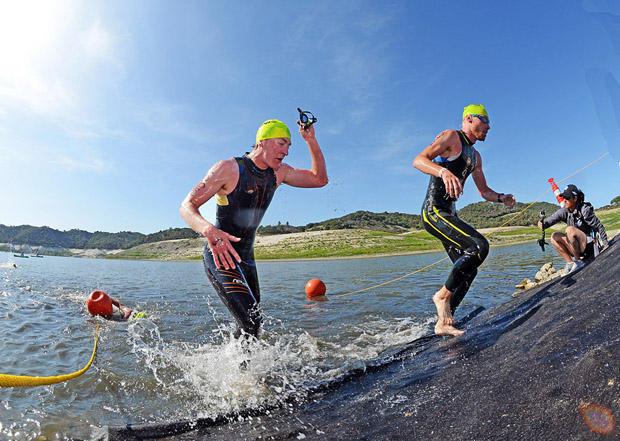
These two women would not have fit into the same size wetsuit, but wetsuit companies use height and weight to determine what size you'll wear. Wetsuit sizing charts that use height and weight are, in my experience, skewed towards the leaner set.
So, question: If you're older, are you're pretty close to the same height and weight that you were in your prime? Within 5 or 7 pounds? Second question: How close are you to fitting into the jeans you wore when you were in your prime? If the answer is yes to the first, and, "That ship has long sailed!" to the second, then you aren't going to wear the wetsuit you did in your prime.
I am the same height, and only about 7 pounds heavier, than I was when I was in my prime. I'm at least one, and maybe two wetsuit sizes larger than back then, even though on paper I should be in the same size. Bear this in mind when you're looking at these height/weight-based charts.
Should the suit be a little tight, or a little loose, if you are in between? We used to say a little too tight. But that's back when we were all fit and lean and we were making up the rules that made sense to us then. Now, I just can't stand am overtight suit. I won't swim in it. It's got to be comfortable. To me, the gold standard is:
1. Not overtight, very comfortable, wetsuit neck comfortable but flush against your neck.
2. Allows very little "new" water (new water is cold; if you first feel that trickle of cold water 400 or 800 meters into the swim, that's a supremely well-fitting suit).
3. No pooling of water in the sleeves and shoulders during the swim; I hate swimming in galoshes.
There are other wetsuit features to be concerned with, but just the above will tell you whether the suit fits right or not.
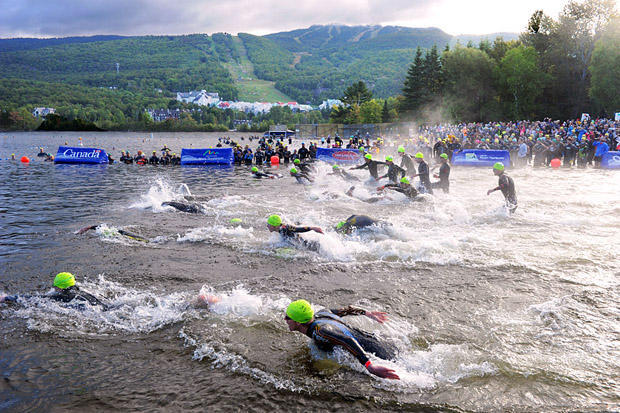
Almost all tri wetsuits are 1-piece, and there aren't many brands I can't swim in, even though I'm not (even close to) the man I used to be. If you're reasonably lean, you won't have trouble finding a 1-piece that works nicely. The more your morphology defies standard wetsuit sizing, the more the certain kinds of rubber in the suit can be your friend.
Yamamoto #38 rubber is not very stretchy. But Yamamoto #39 rubber is, and if that rubber is mated to reasonably flexible jersey (that fabric on the inside) then the suit will have more give. Yamamoto #40 rubber is really flexible, and is in my opinion less high-performance for really fast, lean swimmers because it's too flexible (if the entire suit is made of this rubber). These Gumby suits are just right for those who need give in the suit so that it forms to your morphology if you, like me, aren't going to find employment as underwear models.
Yamamoto is the dominant maker of tri wetsuit rubber. There are many more styles of Yamamoto rubber than I list above, #45, AerDome, and some I'm sure I don't know. If the rubber is realllly flexy, throughout, that's a good suit if you need flex to cover the rough spots. I actually find that a suit that's not really flexy, just flexy where I want it to be flexy (shoulders, for example) might be the ticket. Stretch is great, but it's not everything.
Stretch can be the enemy of a suit that attempts to establish posture in the water. We'll talk about this as I write about wetsuits brand by brand.
Some Slowtwitchers are partial to, or at least curious about, 2-piece suits. There is only one common maker of these, and it's De Soto. I find that a lot of men in the upper age groups like this suit, because if you find yourself in the same situation I'm in, and you can't fit into the lean morphology suits, the T1 by De Soto is a good option.
I would scrutinize panels in the forearms if you think they'll help you you grab more water during the pull. Most don't change the speed of a wetsuit. But every wetsuit company is obliged to put them in their suits because you will look at two suits and, all things considered, choose the one with these panels. Make sure they don't make the suit flimsier and then, if you're not convinced by the argument behind a pulling panel's utility, it probably won't slow you down but it probably won't speed you up.
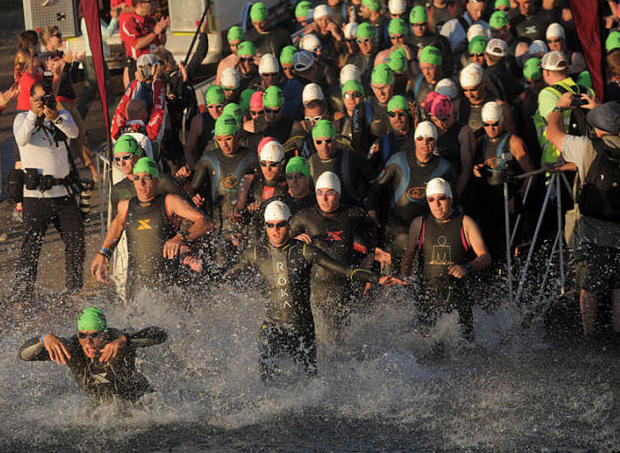
Fullsuits are almost always faster. I started making production wetsuits early in 1987. We knew this by late 1987.
A fullsuit is a long-arm suit. The only time it is NOT faster is if it fits you badly. A longjohn (sleeveless) suit will be faster in the water than a badly fitting fullsuit because longjohns don't have to fit as well in order to work. The main justification for buying a longjohn, besides price, is if you overheat easily and you're going to be in a borderline wetsuit-illegal swim, and you'll be in the water for a long time.
Watch an ITU race on TV and count the athletes who swim in a sleeveless suit. Look at pictures of any pro race on Slowtwitch, any distance, any format, any gender, any continent, look for instances pros in wetsuits with short arms. This exercise should speak to you, if speed is a big factor in your wetsuit choice.
A second installment is forthcoming, comprising, "care and feeding" of your wetsuit; how to put it on and take it off; and how you swim in a wetsuit to give you the best benefit.


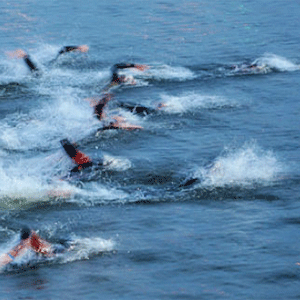
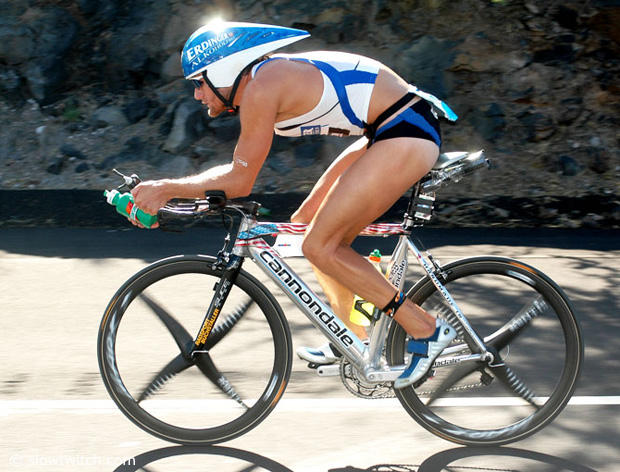
Start the discussion at slowtwitch.northend.network